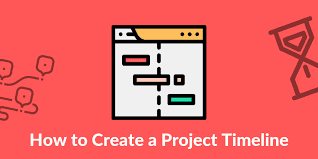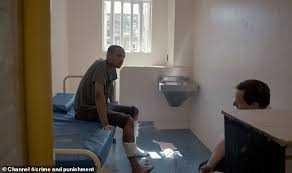Explore the World's Best Ideas
Join today and uncover 100+ curated journeys from 50+ topics. Unlock access to our mobile app with extensive features.
Setting Context To Maximize Learning
- Repeatedly remind your team that they’re part of a learning organization to make them focus on learning.
- Remind your people that you are all operating within complex systems, thus failures can be unpredictable.
- Focus on the context of the incident and assure everyone that no one will be punished in any way for giving a full account of the incident.
- Remind people that you are working within complex, adaptive systems, and thus cannot apply the simplistic, linear, cause-and-effect models to investigating trouble within such systems.
- Failure is a normal part of the functioning of complex systems.
- Seek to understand what goes wrong and what goes right, to make more resilient systems.
- Look for the conditions that allowed a particular situation to manifest, and accept that not all of them are knowable or fixable.
- Human errors are a symptom of trouble within the system, not the cause. Seek to understand why it made sense for people to do something considering their context.
- Educate everyone on cognitive biases and keep an eye out for them. The most common ones are hindsight, outcome, and availability biases; and fundamental attribution error.
4
1 read
MORE IDEAS ON THIS
Achieving Closure
- Determine and rank the steps that should be taken to change the conditions that brought the incident in the first place.
- To keep the learning review focused, prioritize and discuss these action items in separate follow-up meetings with the relevant people.
5
2 reads
Build a Timeline
A timeline is an account of what happened by the people who were involved and impacted. Create a timeline with input from as many people from diverse points of view. With some training, anyone in the organization can do it.
A good timeline shows not just what happened, but...
4
1 read
Postmortems vs Learning Reviews
Most companies conduct postmortems at a project’s end to analyze and outline the factors that contributed to its failure. But this reflection, examination and evaluation might not be as useful as most wait for failures to conduct them and stop the analysis once the guilty are identi...
4
1 read
Don’t Trade Context For Convenience
Blame and biases — such as hindsight bias — give us a convenient story about what happened in any negative situation. To the extent that a story feels comfortable, we believe that it's true but when we get to that convenient point we stop learning.
Skipping the learnin...
4
1 read
Principles To Build a Robust Timeline
- Ask each individual involved to share what they knew, when they knew it and how they knew it. There are a few points to emphasize:
- Ask for descriptions without explanations
- Ask for timestamps (or estimates) of when they knew what they knew
- Systematically as...
5
2 reads
The Hidden Harm Of Punishments
To extract a full account of the incident, remove blame and punishment on an organizational level from your retrospectives. You get there easier by reducing the fear and biases that creep in during the investigation of failures, and by choosing reconciliation and immunity over retribution....
4
1 read
Other curated ideas on this topic:
Setting Context To Maximize Learning
- Repeatedly remind your team that they’re part of a learning organization to make them focus on learning.
- Remind your people that you are all operating within complex systems, thus failures can be unpredictable.
- Failure is a normal part of the functioning of complex systems.
Don’t Trade Context For Convenience
Blame and biases — such as hindsight bias — give us a convenient story about what happened in any negative situation. To the extent that a story feels comfortable, we believe that it's true but when we get to that convenient point we stop learning.
Skipping the learning process alleviates t...
The shared context
For the whole idea of remote work to actually work, you have to develop a remote culture for your team.
And that means having a shared context: everyone plays by the same rules, you have to understand your team's practices and everybody has to have an overall feeling that you are working i...
Read & Learn
20x Faster
without
deepstash
with
deepstash
with
deepstash
Personalized microlearning
—
100+ Learning Journeys
—
Access to 200,000+ ideas
—
Access to the mobile app
—
Unlimited idea saving
—
—
Unlimited history
—
—
Unlimited listening to ideas
—
—
Downloading & offline access
—
—
Supercharge your mind with one idea per day
Enter your email and spend 1 minute every day to learn something new.
I agree to receive email updates






